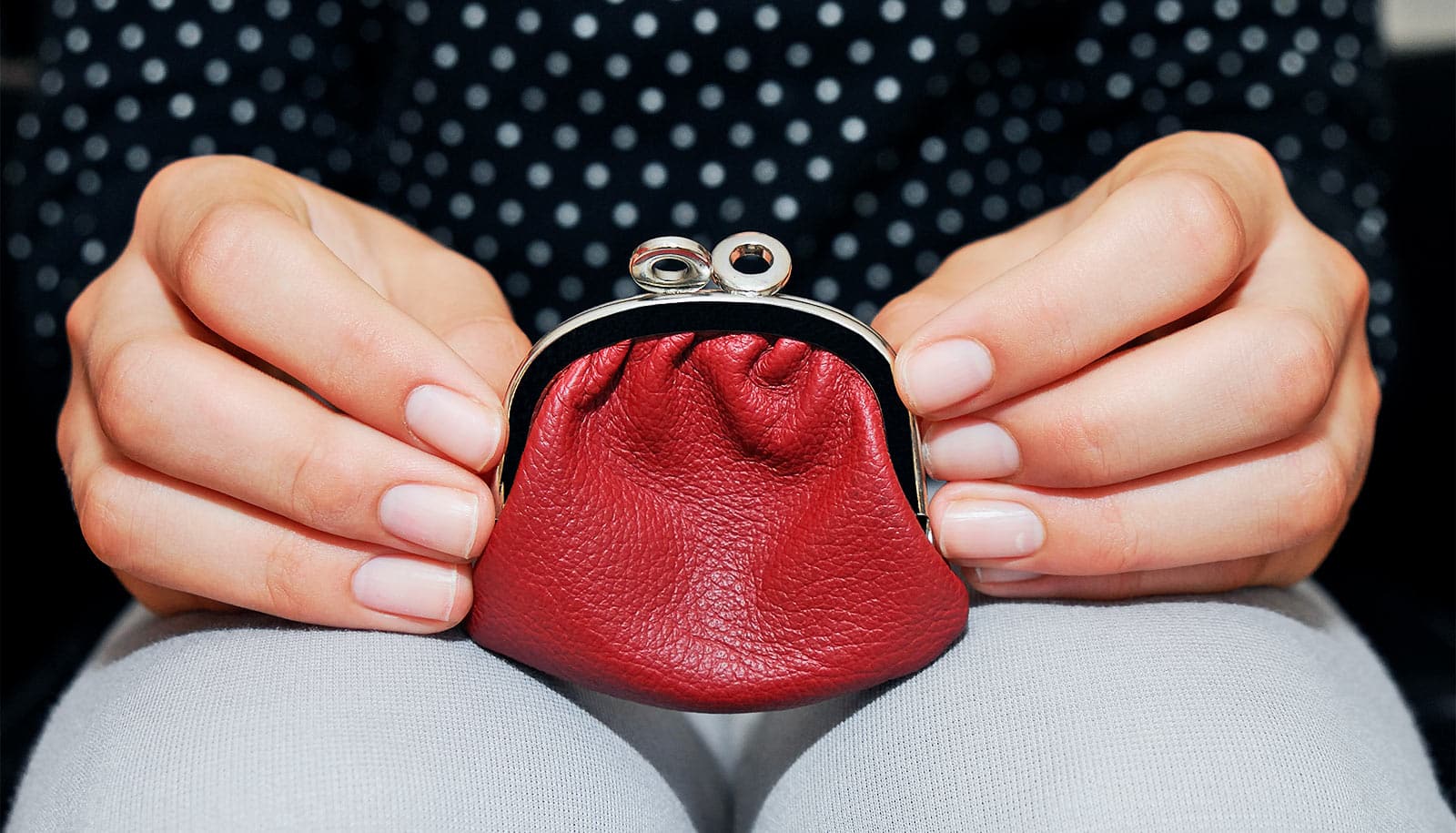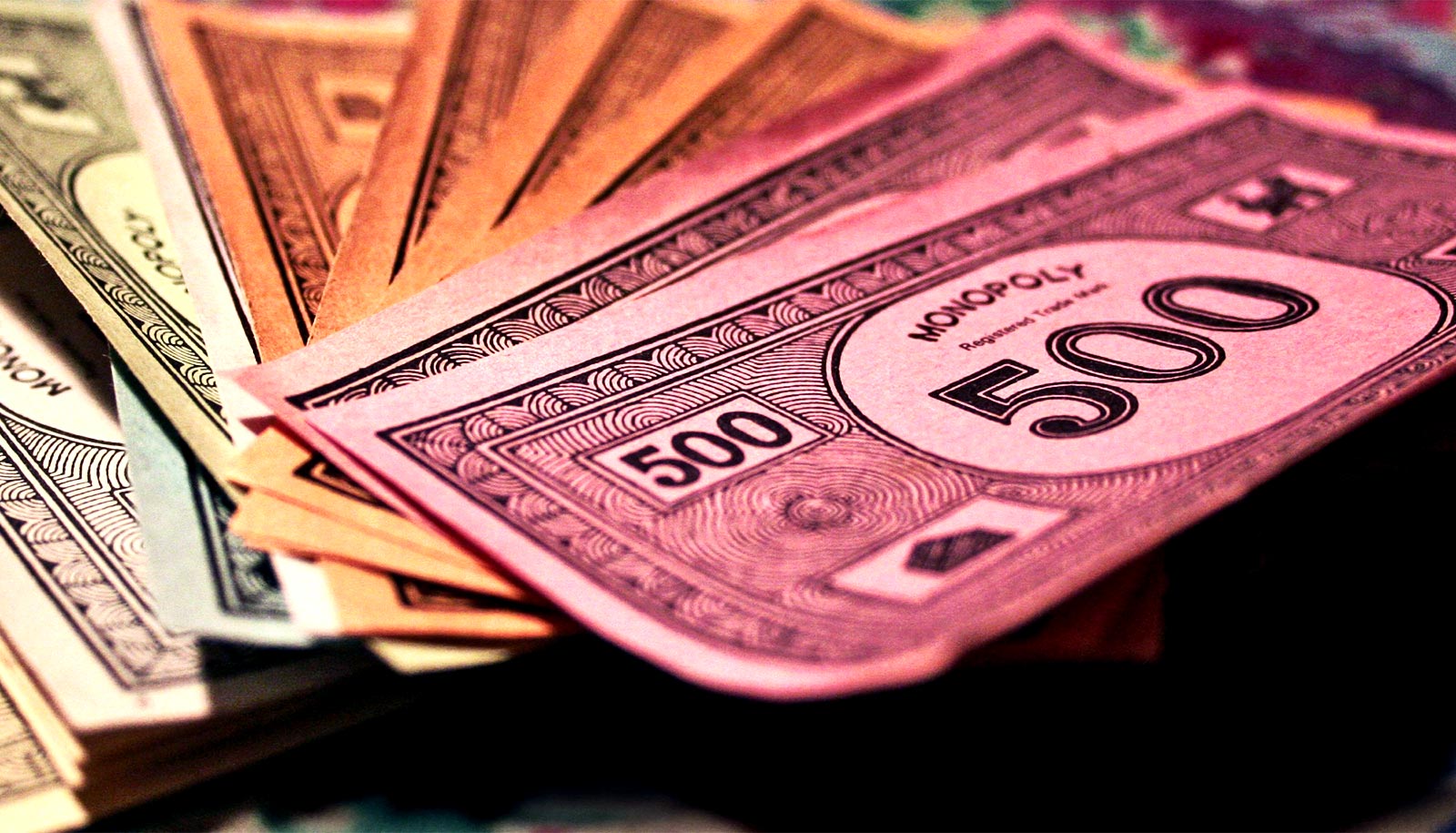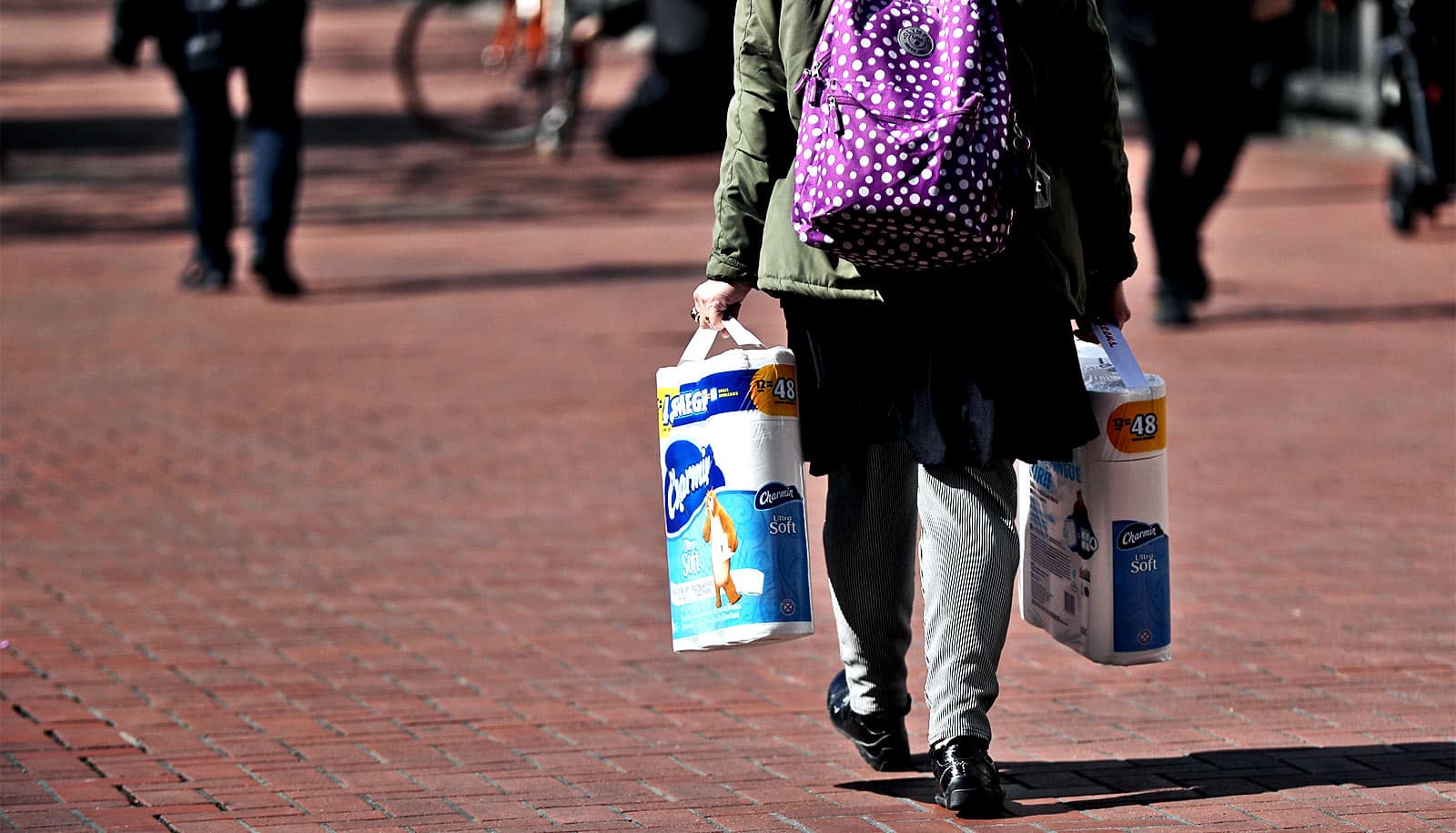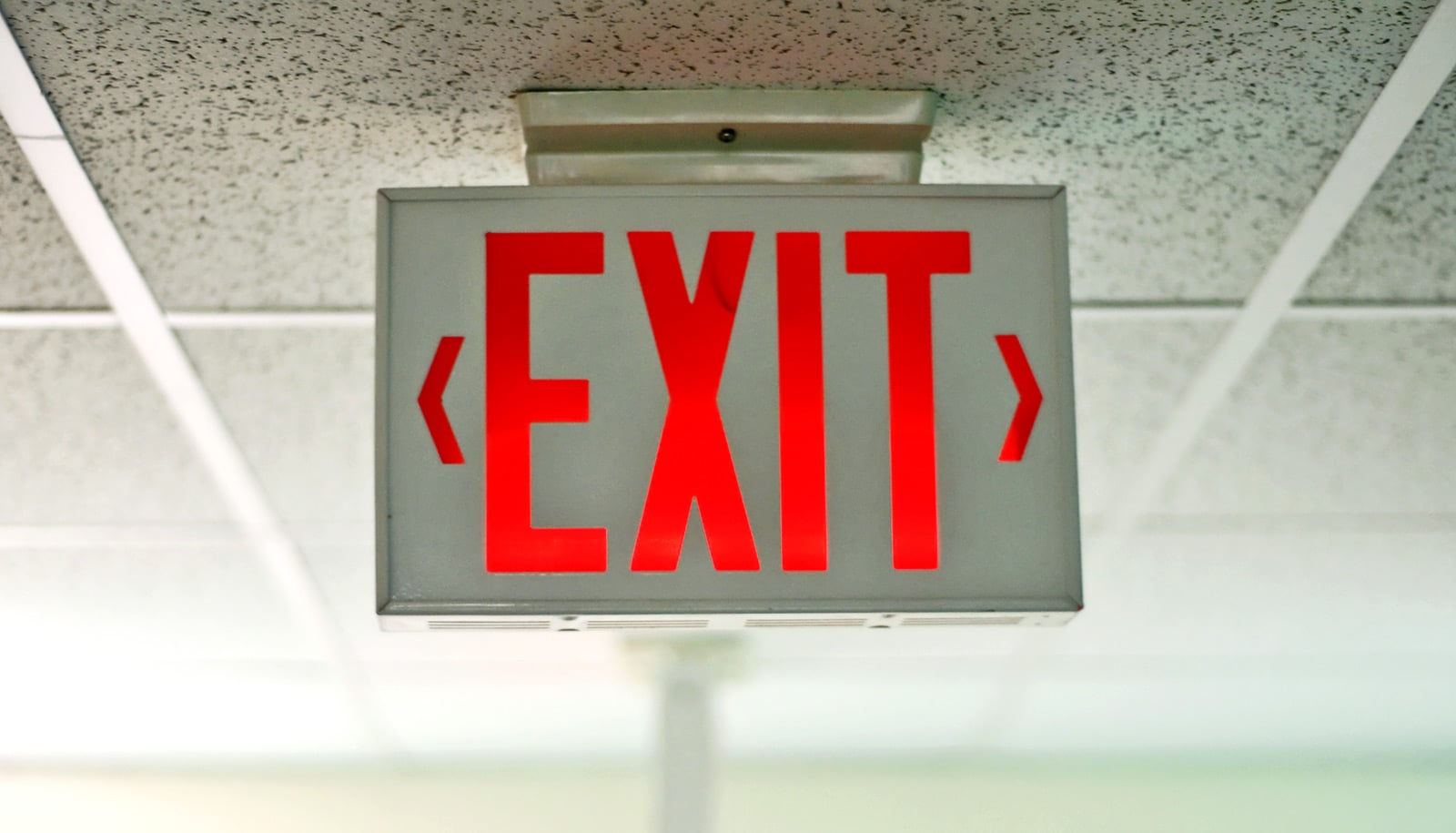You may have noticed your paycheck is struggling to keep up with rising costs.
The prices you pay for everyday items were nearly 5.5% higher in July than a year ago, according to the US Bureau of Labor Statistics. We’re now seeing the biggest price increases in 13 years.
Here, Itay Goldstein, finance and economics professor at the Wharton School at the University of Pennsylvania, gets into what is driving this rise in inflation and when we may see it slowing down:
If we compare inflation to a year ago when the economy was not fully opened up, how does it measure up now?
Inflation has been high in the last few months. People notice it when they go pay for things, but you also see it in the numbers and the rates of inflation in June and July, which were the highest they have been for a long time. There was a month or two after the financial crisis where it was also that level.
But really, if you look back many years, it hasn’t been that high. It shows a bit of a slowing down trend for August, which people take as an encouraging sign. But I think it’s still early to tell, and it could stay high or even go higher.
Where are people seeing the biggest price increases?
You see it across the board, in various products and services. What has been really kind of notoriously high and the center of conversation is something like cars. Used cars, rental cars, those things were really going up. For the last few months, it has been really unusually high.
One important issue going on right now is the imbalance between supply and demand. For every good and every service that is being provided and sold, you have supply, and you have demand. And when supply is limited, prices go up and when demand is high, prices go up. And you have a little bit of both in some of these cases.
Can you give some examples of how supply and demand synergy affect inflation?
For example, with cars, there was a long period of time that there was low demand and also supply was also limited. All of a sudden, demand went up, and supply didn’t have time to catch up. And what this does is to push up prices.
You have other things like appliances and, again, you see that there is increased demand, but there are a lot of problems with supply because the pandemic and the interruption in supply chains around the world really put a lot of pressure on the production process and the delivery process of many things. Demand increased and this generates a lot of imbalances and pushes prices higher. So, you can sort of go across the board and then think about different products, different services.
How would you describe inflation in food and energy?
You saw it in some types of food, but not all. And again, and I think that when you saw it, you can use the same kind of framework of supply and demand to explain it. With food, it’s not like you had pent-up demand, which is clearly something that you had with cars and with flying, for example, airfare. For these, you had pent-up demand. People did not consume so much of it, and then they wanted to do it and then supply didn’t catch up, so you see prices going up.
I think with food, it’s not like all of a sudden demand was spiking. A lot of it, if you did see price increases, would be coming from supply disruptions. And the supply disruptions are really across the board. And a lot of it is related to the pandemic.
What part does the unemployment rate play in supply/demand and increased inflation?
Because of the pandemic, people left their jobs or were laid off, and in some cases they’re not that eager to come back. Maybe they’re getting some subsidies from the government, maybe their lives changed, and they now want to do other things. And this causes all these labor shortages that make it more difficult to stay on top and have supply catching up with demand.
So, it’s really a period where you see a lot of imbalances, because it’s such a unique period coming out of this pandemic. And then there’s still uncertainty about the pandemic. No one knows exactly where it’s going. It really is a rollercoaster in that sense.
While some of this might be temporary, is it going to last longer than some economists believe?
This is really the most important question at the end of the day because if this is all temporary, then we can live with it and when it’s over, we can move on. I think the concern is that it will stick, and it’s very hard to tell whether it’s going to stick or not, because the way that inflation works, a lot of it is based on expectations. And it is sometimes a bit of a snowball that gets out of control, gathers momentum as it goes on.
Here is what might happen as prices go up. People want to pay for vacation, they want to buy a car, they want to buy appliances. They maybe want to buy some types of food, and they go and they see that they just have to spend more to get the things that they’re used to. So, what do you do if something like this happens to you? People go back to their employers and say, “Well, all these things are costing me more. So, I need a raise.”
And when this happens all over the economy, wages could be pushed up. Wages are pushed up, then employers who are also the producers and the service providers, they have to then raise prices more in order to afford the higher wages. This pushes prices higher, and it’s kind of like a circle. So, this is really the concern about inflation, that at some point people start expecting inflation and if they expect inflation, they behave in ways that make inflation persist. And that is the thing that we need to worry about and watch for.
Can the government do something to curb inflation without also slowing down the economy?
The government has a very important role in the whole process and potentially also the solution. It’s important to take a step back and understand that some of the government policies could have contributed to the kind of inflation that we see.
When I talked about why we see inflation, I emphasized a lot the imbalances between supply and demand, which I think have a really central role in what’s going on. But the other thing that clearly contributed to the inflation is government policies. And in general, if you think about everything that happened since March of 2020 when COVID started, government was very accommodating, was trying to loosen policies, expand resources such that the shock of the pandemic to the real economy is mitigated.
One area where the government did a lot of it was monetary policy. This is done through the Fed, and the Fed reduced rates immediately and injected a lot of money into financial markets to make sure that the liquidity, that prices of financial assets don’t go down too much. It was overall successful. I think they averted a potential financial crisis by doing that.
But all these policies, they tend to push up inflation or create the risk for inflation. The other thing that certainly helps for that [the stimulus/government policies have helped consumers navigate some of these higher prices] is all the stimulus that the government provided. The government sent checks to people, and provided unemployment insurance, and really a lot of subsidies across industries to reduce the effect of this shock on the real economy.
What can the government do to reverse some of these things?
Certainly, I think on the side of fiscal stimulus, it is not continuing as much as it did before. The government provided all these tools and assistance and is not going to continue at that level. For example, if you think about [the extended] unemployment insurance or all these checks that were sent, these are not things that will continue.
When you think about monetary policy, the Fed is in a bit of a dilemma, because they had this loose monetary policy for a long time, injecting money to financial market by buying a lot of financial assets and reducing rates.
And now if they want to make sure that this is not translated into inflation, then essentially, they have to start undoing some of these things and their concern, which is I think what you are alluding to, is that if they do that, it might trigger some negative effects in financial markets that could then spill over to the real economy.
For example, if you go and announce that you will stop buying assets, then markets could freak out and prices will decrease, and this could then spill over to a negative shock to the real economy. It’s really kind of a balance that the Fed is trying to maintain. On the one hand, not being too accommodating, having too loose of a monetary policy that inflation can then persist. But on the other hand, they don’t want to do anything too quickly that will shock financial markets and then can have a negative effect on the economy.
Source: Penn



